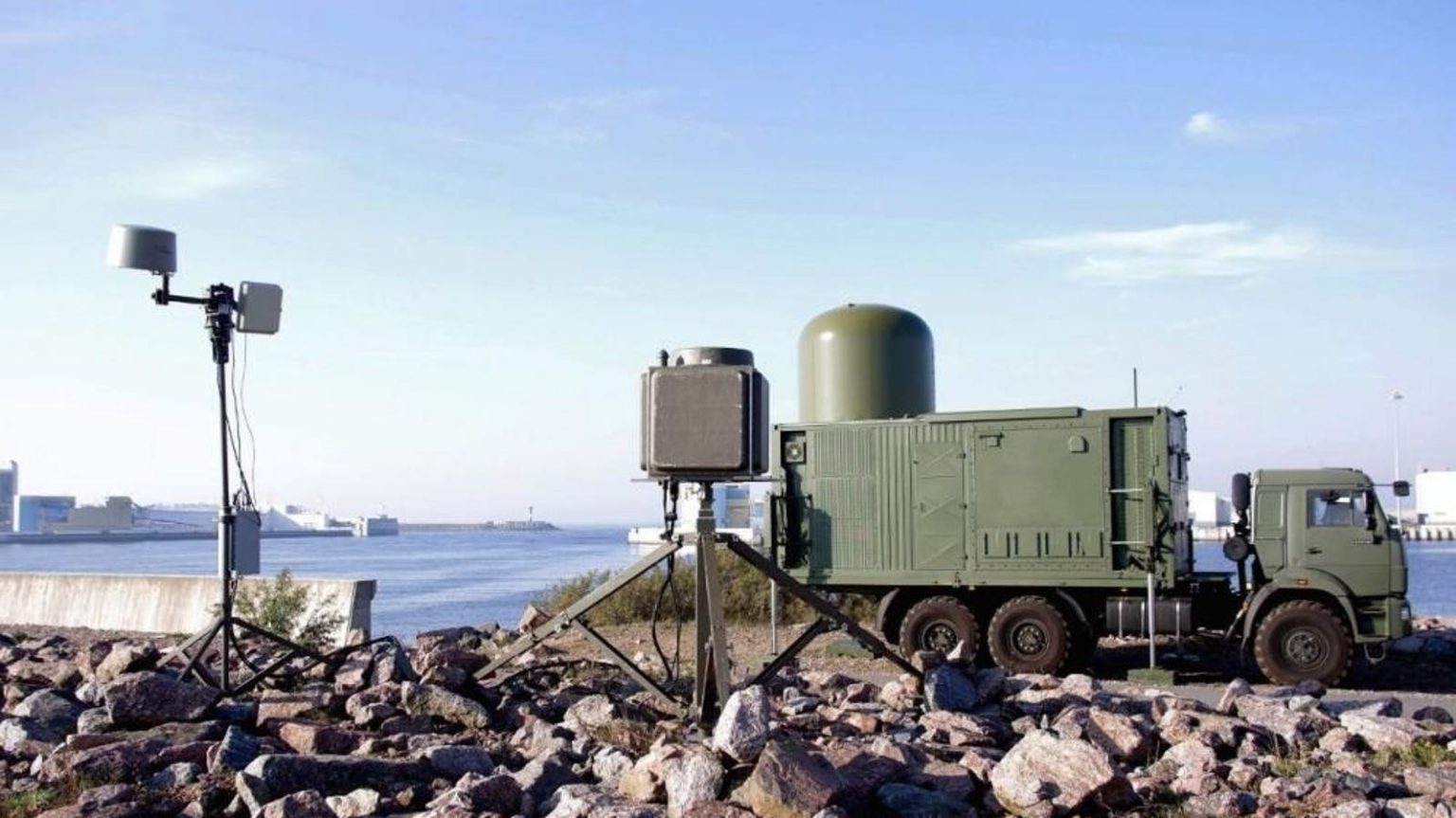Russia developed one of the world’s most sophisticated anti-drone vehicles—and deployed it to the Moscow area to protect the city from Ukrainian drone raids.
It was all for naught. The Ukrainian main intelligence directorate reportedly tracked down and blew up the Valdai radar and jamming system, potentially clearing a path for unmanned aerial vehicles to strike Moscow.
On the night of Feb. 6, something exploded in the town of Dolgoprudny, just north of the Russian capital. Someone on the ground captured the nighttime blast on their phone.
“The explosive device destroyed two Russian Valdai radar systems designed for 24-hour automatic detection and counteraction of UAVs,” the intelligence director claimed. “The military unit where the Valdai explosion occurred is responsible for the security of the air space over Moscow.”
How the Ukrainians found and purportedly struck the Valdai system, which includes at least one vehicle and several detached sensors deploying as a single unit, is unclear. That there’s video strongly implies a Ukrainian agent sneaked up on the Valdai and planted explosives.
If so, it was a risky operation in a densely populated region nearly 300 miles from the front line in Ukraine. But it wouldn’t be unprecedented. Ukrainian agents have repeatedly infiltrated Russian territory to sabotage warplanes, warships and other highly valuable targets.
The Valdai was clearly worth the risk. The brand-new system, apparently quite rare in Russian service, combined passive radio detectors, infrared sensors, radar and radio noisemakers to detect and jam hard-to-detect small drones from as far away as six miles. The Lianozovo Electromechanical factory in Moscow began developing the Valdai in 2016. The first copy entered military service just four years ago.
Even the most sophisticated anti-drone system is vulnerable to the most basic means of attack: someone walking up to it and planting a bomb. But there’s evidence Valdai is also vulnerable to the very same drones it’s supposed to detect and jam. In 2022, a Ukrainian drone bombed what appeared to be components of a Valdai somewhere near the front line in Ukraine.
Why the Ukrainians would target the Valdai in Dolgoprudny is obvious. Ukrainian forces are widening their campaign of deep strikes against Russian air bases, factories and oil facilities. Raids on the Russian oil industry last month may have suppressed as much as 10% of the country’s petroleum product production.
Ukraine fires cruise missiles at some of the tougher targets, but most of the deep strikes are carried out by the Ukrainians’ ever-expanding portfolio of long-range drones, the heaviest of which can travel more than 1,000 miles with precision guidance—GPS or terrain-matching—and an explosive payload.
The newest drones even have the ability to drop a bomb and return to base, allowing them to be deployed for multiple raids before they crash or get shot down.
Defeating these drones is an urgent priority for the Russians as their wider war on Ukraine grinds into its fourth year and costs—both military and industrial—mount. Defeating the means by which Russia defeats the drones is an urgent priority for Ukraine.
So urgent that the country’s intelligence directorate may even send someone on a perilous 300-mile journey across Russia to plant explosives in the dead of night.
Read the full article here





